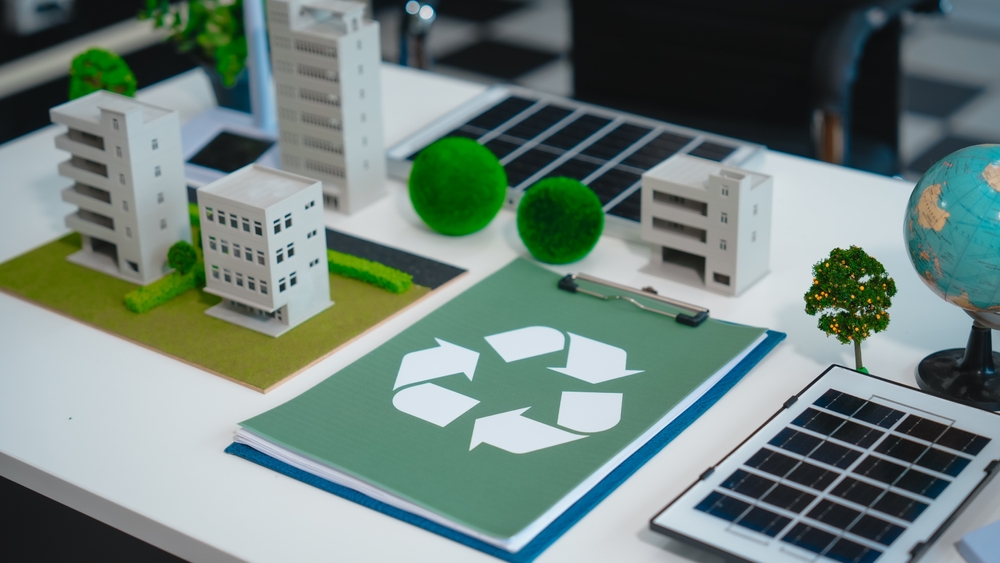In today’s era of construction, sustainability is no longer a buzzword but a necessity. As property managers, you are at the forefront of ensuring that buildings are not only functional and aesthetically pleasing, but also environmentally responsible.
One of the key players in this effort is a structural engineer. The expertise and innovative approaches they bring to any project is crucial in shaping sustainable building practices. Let’s explore the role that structural engineers have in promoting sustainability in construction.

What Is Structural Engineering
Structural engineering is a specialty within civil engineering that focuses on the design and analysis of structures that support or resist loads, ensuring that buildings and other infrastructures are safe, stable, and durable. Structural engineers work on everything from bridges and skyscrapers to residential homes and condominiums, making sure that these structures can withstand various forces and stresses.
How to Integrate Sustainability into Structural Engineering
Sustainability in construction involves creating buildings that are energy-efficient, environmentally friendly, and resource-conserving throughout their lifecycle. Structural engineers help achieve sustainability in several key ways:
1. Materials Selection
The choice of materials has a significant impact on a building’s sustainability. Structural engineers play a crucial role in selecting materials that are not only strong and durable but also have a lower environmental footprint.
Here are some examples of sustainable materials in construction:
- Recycled Steel: Using recycled steel reduces the need for new steel production, which is energy-intensive and produces a lot of carbon emissions.
- Bamboo: As a fast-growing and renewable resource, bamboo is an excellent sustainable alternative for certain structural applications.
- Engineered Wood Products: Products like cross-laminated timber (CLT) offer high strength and durability while being more sustainable than traditional concrete and steel.
2. Energy Efficiency
Structural engineers design buildings with energy efficiency in mind, optimizing the structure to reduce energy consumption. This includes:
- Thermal Mass: Utilizing materials with high thermal mass, such as concrete or brick, can help regulate indoor temperatures by absorbing and releasing heat slowly.
- Insulation: Ensuring that buildings are well-insulated minimizes the need for heating and cooling, reducing energy use.
- Daylighting: Designing structures that maximize natural light reduces the need for artificial lighting, lowering energy consumption and improving occupant well-being.
3. Waste Reduction
Construction and demolition activities generate a significant amount of waste. Structural engineers work to minimize this waste through:
- Efficient Design: By designing structures that use materials efficiently, engineers can reduce the amount of waste generated during construction.
- Modular Construction: Prefabricated and modular construction methods allow for precise material usage and reduce on-site waste.
- Deconstruction Planning: Planning for the eventual deconstruction of a building ensures that materials can be reused or recycled, rather than ending up in landfills.
4. Lifecycle Analysis
Sustainable building practices require considering the entire lifecycle of a structure, from construction to demolition. Structural engineers conduct lifecycle assessments to evaluate the environmental impact of different design options. This analysis helps in selecting the most sustainable solutions that balance performance, cost, and environmental impact.
Sustainable Building Practices and Property Management
For property managers, understanding the role of structural engineers in sustainable building practices is essential. These professionals are key to designing and constructing buildings that not only meet current needs but also contribute to a more sustainable future. By selecting sustainable materials, optimizing energy efficiency, reducing waste, and considering the entire lifecycle of a building, structural engineers help create structures that are resilient, efficient, and environmentally responsible.
As you manage your properties and plan future developments, consider partnering with structural engineers like Construction Solutions Inc., who prioritize sustainability. Their expertise can help you achieve your sustainability goals, enhance the value of your properties, and contribute to a greener, more sustainable built environment.
